Translate English to Hindi in Excel Easily
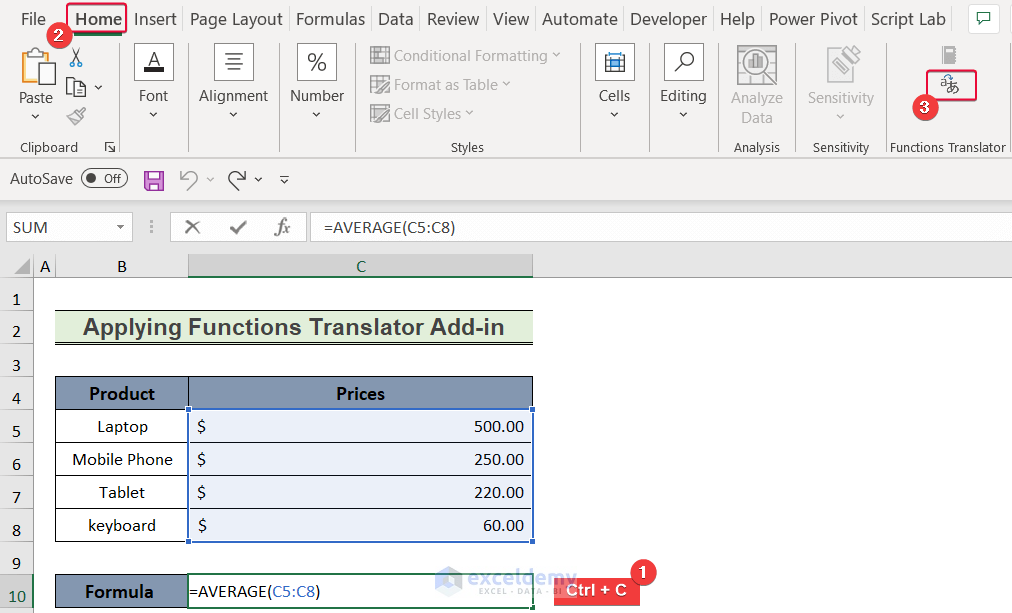
If you're working with bilingual content or need to create a Hindi version of your English text, Excel can be an incredibly useful tool. Not only can it handle basic translation tasks, but it also integrates with other applications to provide seamless translation experiences. Here’s how you can translate English to Hindi in Excel with minimal effort:
Preparation
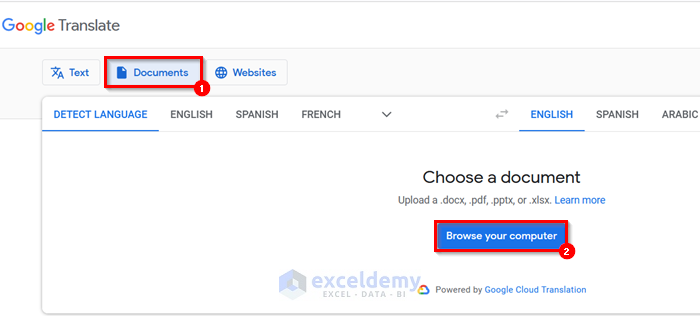
Before diving into the translation process, ensure you have the following:
- A device with Microsoft Excel installed.
- An active internet connection for online translation services.
- Optionally, familiarity with Excel functions or Vlookup for efficiency.
Using Microsoft Translator Add-in

Excel doesn’t natively support translation, but Microsoft has created an add-in for this purpose:
- Install the Microsoft Translator Add-in: Go to “Insert” tab in Excel, click on “My Add-ins” and search for Microsoft Translator.
- Add the Add-in: Install it by clicking the “Add” button. Wait for the add-in to load.
- Select Data: Highlight the English text you wish to translate.
- Translate: Click on the newly added “Translator” icon, choose the language pair as “English to Hindi,” and hit “Translate.”
Using Google Translate via Web Browsers
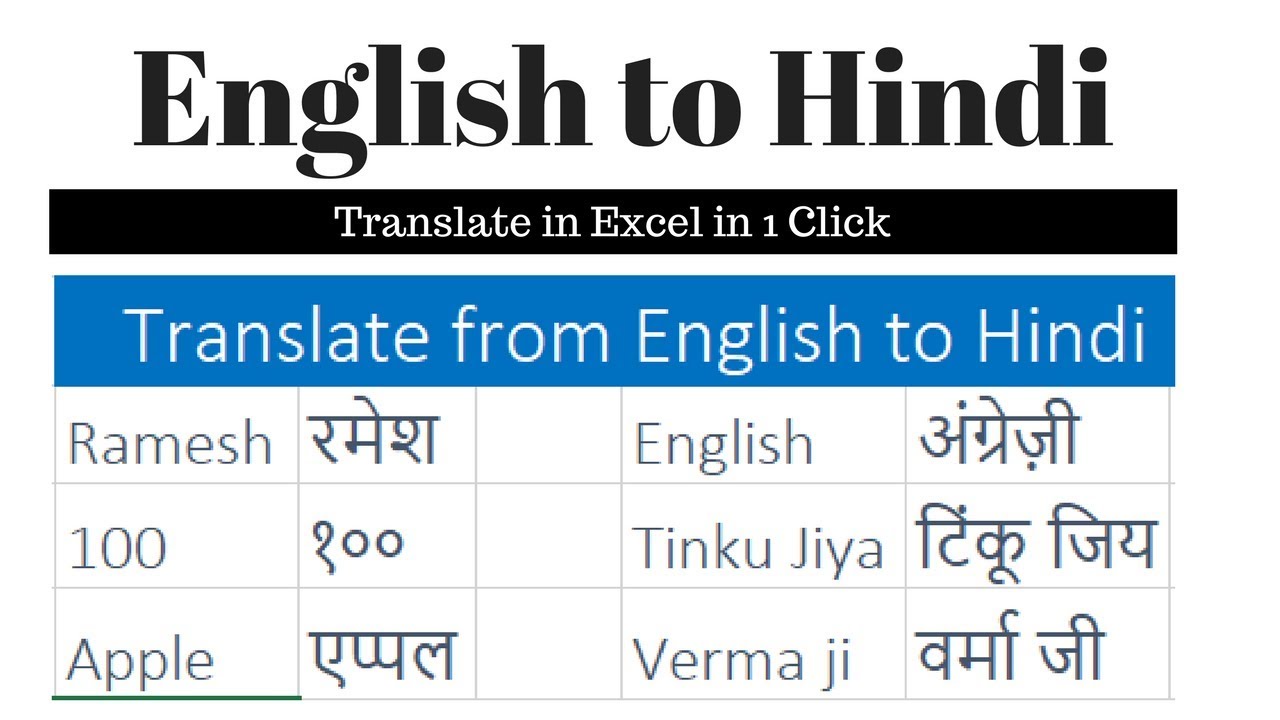
Another method involves using Google Translate’s online services:
- Open your web browser.
- Visit Google Translate website (translate.google.com).
- Enter your English text in the “English” box, choose Hindi for translation.
- Copy the translated text back into your Excel sheet.
Automatic Translation with Excel Formulas
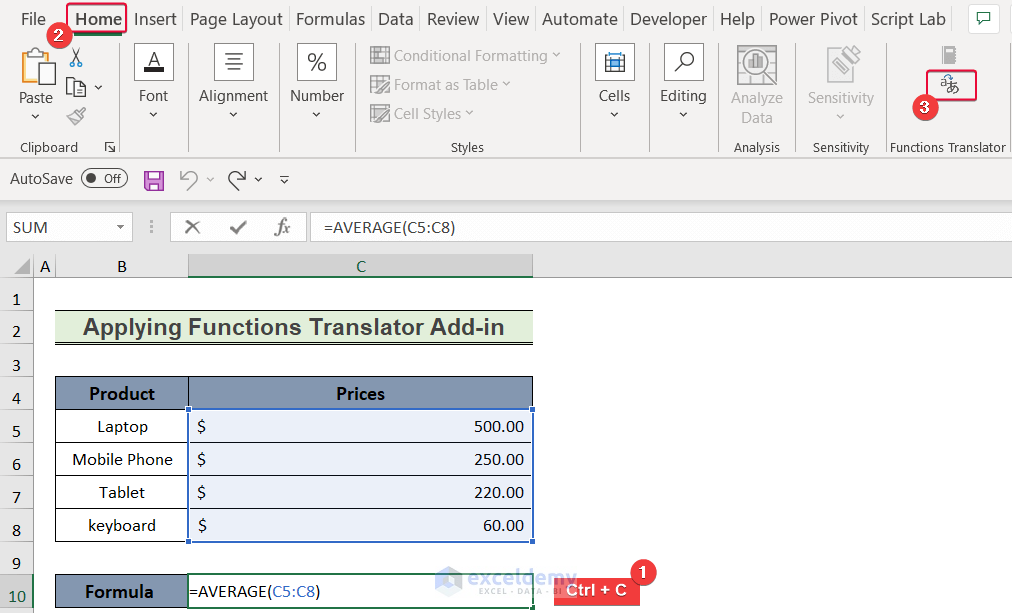
If you’re dealing with a large dataset, automatic translation can be achieved using formulas or scripts:
🌟 Note: To use this method, your machine must have Microsoft Edge or Internet Explorer as the default browser.
| Column A | Column B |
| English Text | Hindi Translation |
| Hello | =WEBSERVICE(”https://translate.googleapis.com/translate_a/single?client=gtx&sl=en&tl=hi&dt=t&q=“&A2) |

The above formula uses Google Translate API for automatic translation. Ensure your version of Excel supports the WEBSERVICE function.
Using Vlookup for Pre-Translated Data

If you’ve pre-translated some text:
- Create a separate sheet with English-Hindi translations.
- Use VLOOKUP to retrieve Hindi translations:
=VLOOKUP(A2, Sheet2!A:B, 2, FALSE)
This method assumes you have a column in Sheet2 with English text and the adjacent column with Hindi translations.
In this digital age, tools like Excel provide efficient solutions for routine tasks such as translation. Whether you're using add-ins, online services, or Excel's built-in functions, the options are diverse and cater to different needs. The choice of method depends on the volume of text, the need for automation, and your comfort with Excel's functionalities. With these techniques, not only can you translate English to Hindi effortlessly, but you also gain insight into how interconnected software tools can enhance productivity.
Can I translate large amounts of text using these methods?
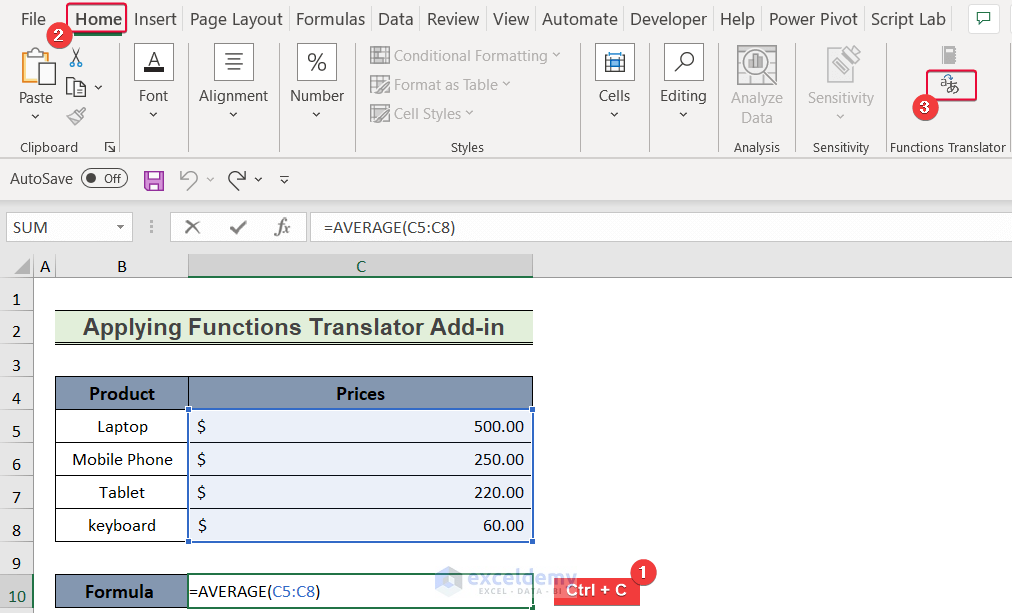
+
Yes, the Microsoft Translator Add-in and Google Translate web method can handle bulk translation. However, for very large datasets, you might need to consider automating the process with custom scripts or Vlookup functions.
What if I need to translate into a different language?
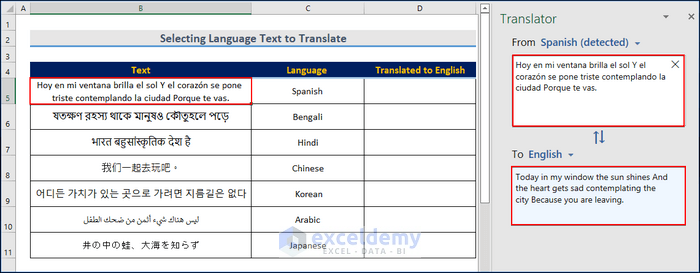
+
The same techniques apply. Simply select or type the appropriate source and target languages within the tools or adjust the formula in Excel for other language pairs.
Are there limitations with automated translation?

+
Yes, machine translations might not always capture context or cultural nuances perfectly, especially for specialized terms or idiomatic expressions. Manual review is often necessary.
Do I need special permissions to use Excel’s translation features?

+
No, if you have Microsoft Excel installed, you can use the built-in functions and add-ins. However, for some advanced features or third-party integrations, an Office 365 subscription might be required.
How can I improve translation quality using Excel?
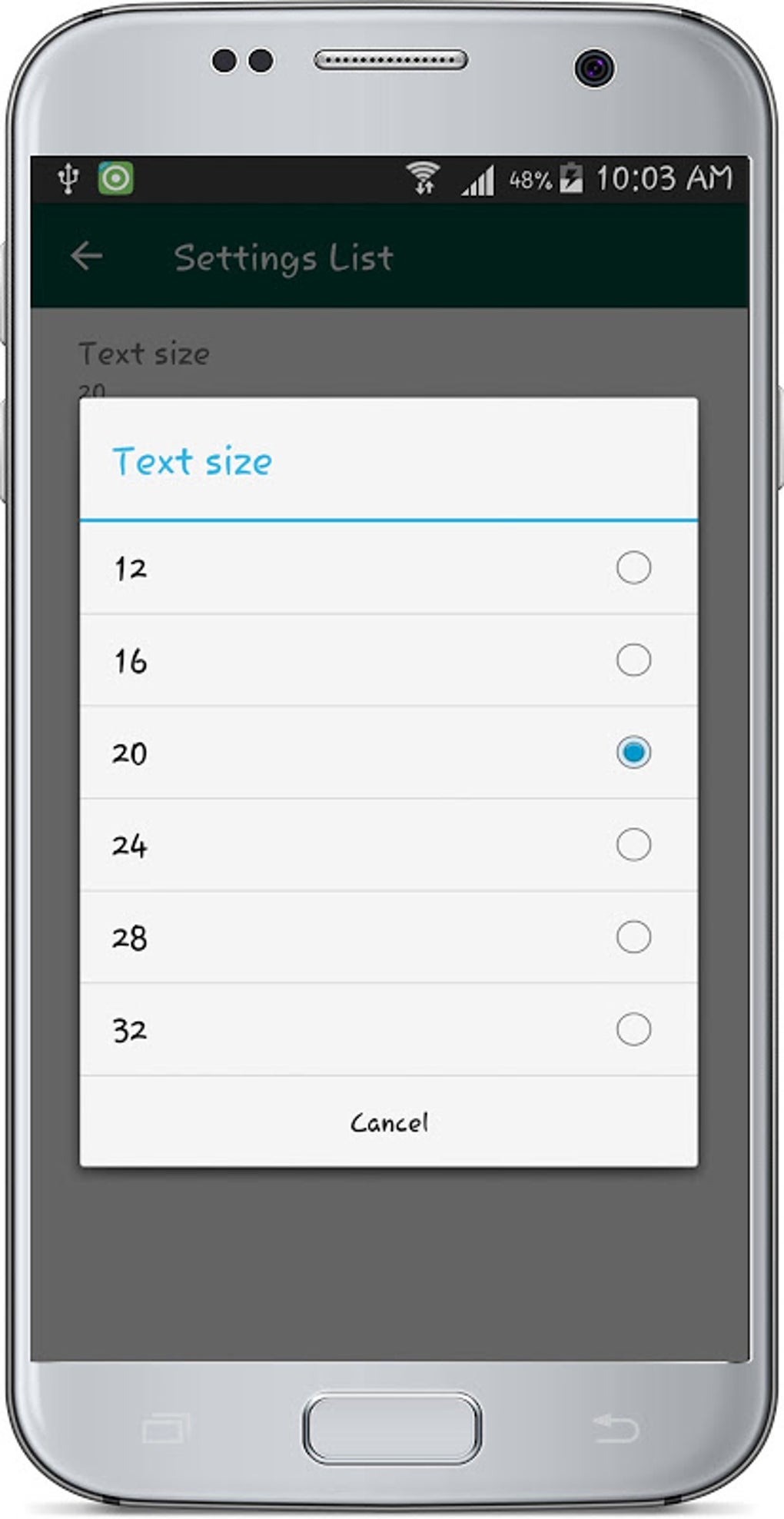
+
Post-translation review and editing are key. Also, using pre-translated datasets for specific terms and integrating glossaries can significantly improve accuracy.